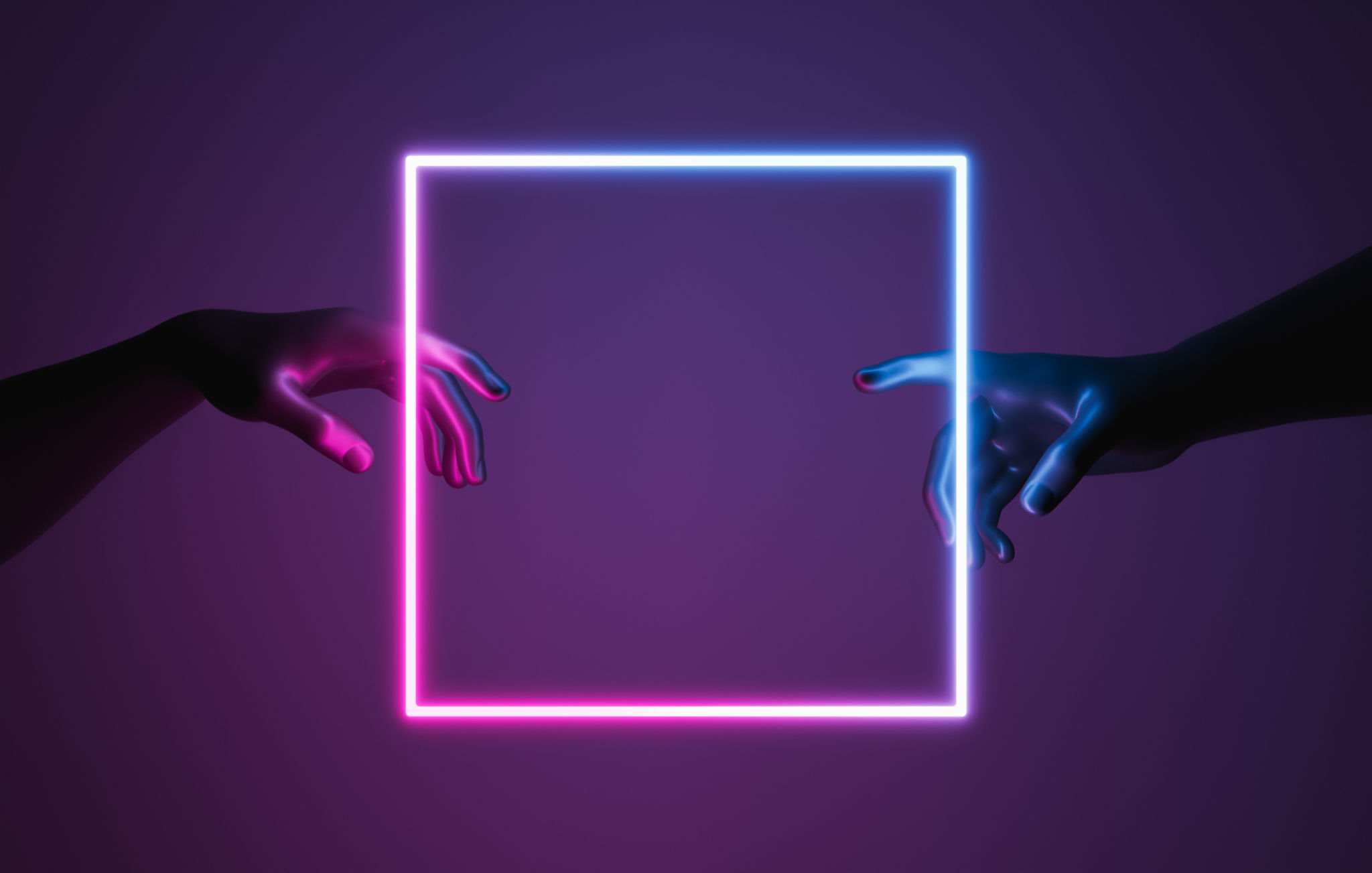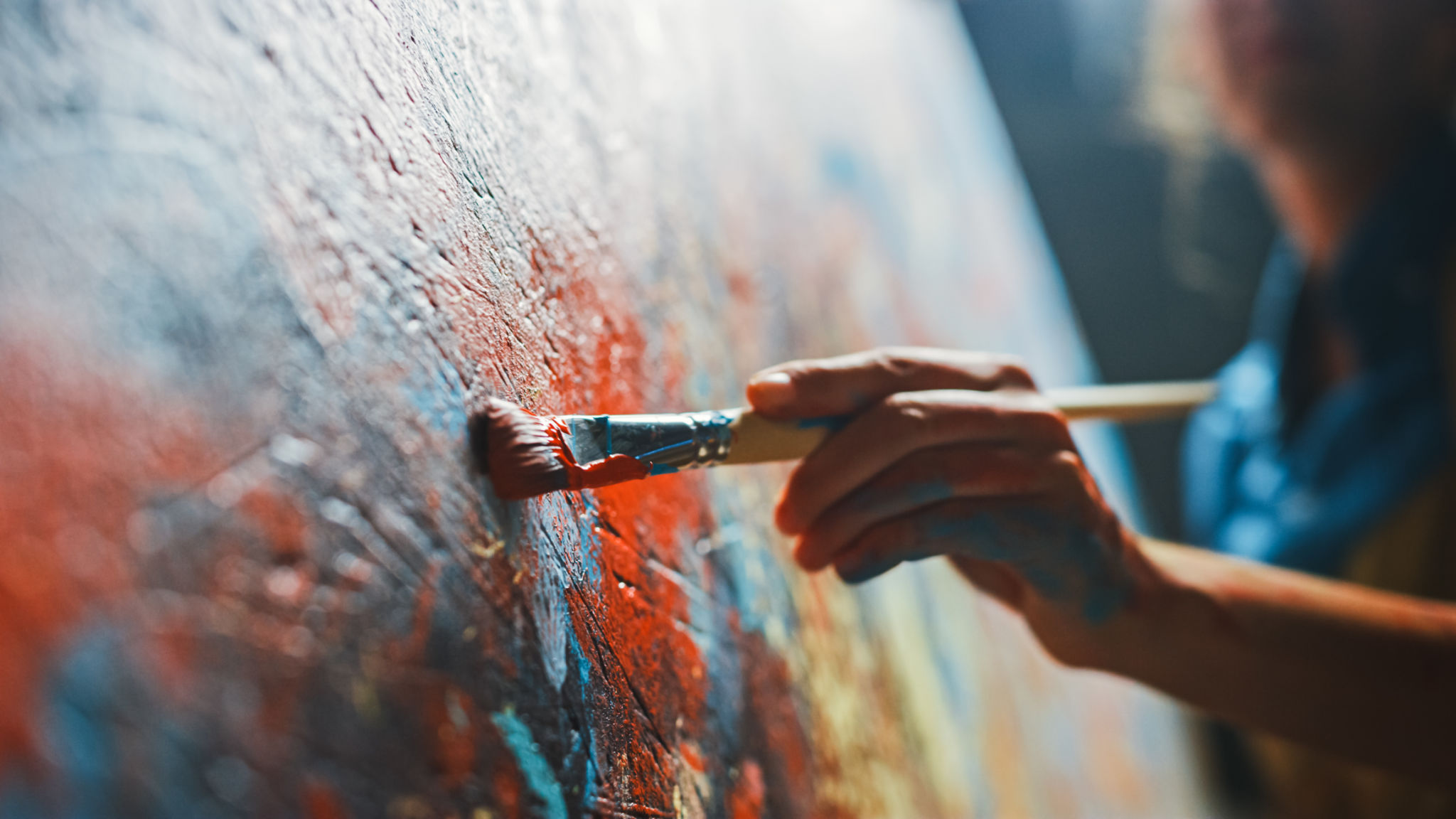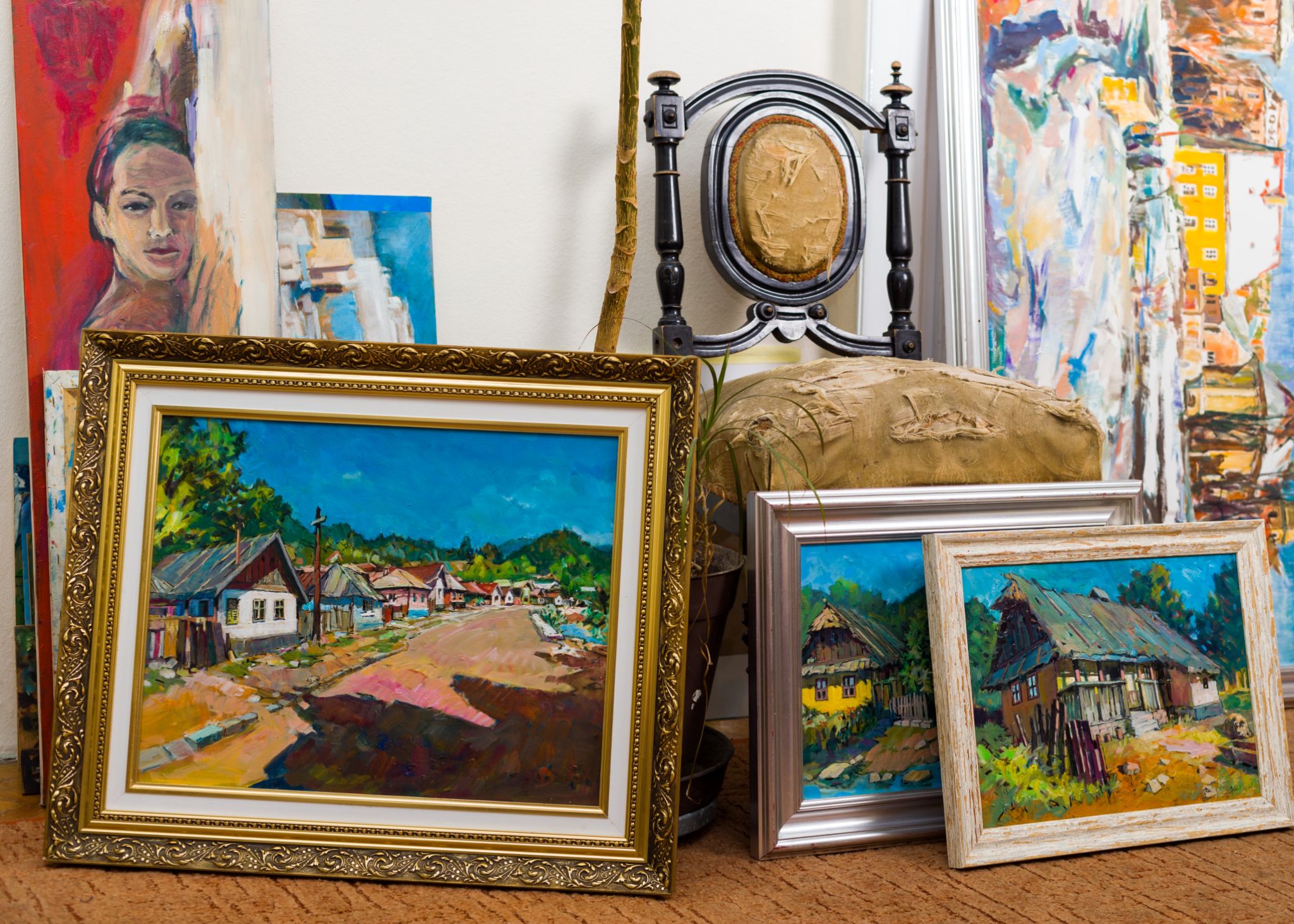Debunking Common Myths About Digital Art
Understanding Digital Art
Digital art often faces skepticism due to misconceptions about its creation and value. While traditional art forms are widely accepted, digital art is sometimes viewed as less legitimate. This blog aims to debunk these myths and highlight the unique aspects of digital art.

Myth 1: Digital Art Is Easier Than Traditional Art
A common myth about digital art is that it's easier to create than traditional art. The reality is that both forms require a great deal of skill, creativity, and dedication. Digital artists must master complex software and tools, which can be just as challenging as mastering traditional techniques like oil painting or sculpting.
Moreover, digital artists often have to stay updated with rapidly evolving technology and software updates, adding another layer of complexity to their craft.
Myth 2: Digital Art Lacks Authenticity
Another misconception is that digital art lacks authenticity because it is created on a computer. However, authenticity in art is not determined by the medium but by the artist's vision and execution. Digital art allows for unique expressions that are not possible with traditional methods.

Just like traditional artists, digital artists invest time and effort into their work, creating pieces that reflect their personal style and message.
Myth 3: Digital Art Is Not Collectible
The belief that digital art cannot be collected is outdated. With the rise of NFTs and digital marketplaces, digital art has become highly collectible. Collectors now have the opportunity to own original digital pieces, much like owning a physical painting or sculpture.
This shift in the art world has opened up new opportunities for artists and collectors alike, proving that digital art holds significant value in today's market.

Myth 4: Digital Art Is Just for Tech-Savvy Individuals
While digital art does require some technical knowledge, it is not limited to tech-savvy individuals. Many platforms offer user-friendly interfaces and tutorials that help beginners get started. Additionally, many traditional artists are exploring digital mediums to expand their creative repertoire.
The accessibility of digital tools means that anyone with an interest in art can experiment and create, regardless of their technical background.
The Value of Digital Art
In conclusion, digital art is a legitimate and valuable form of artistic expression. It offers unique possibilities and challenges that are distinct from traditional art forms. By understanding and appreciating these differences, we can better support artists and celebrate the diversity of creativity in the modern world.
